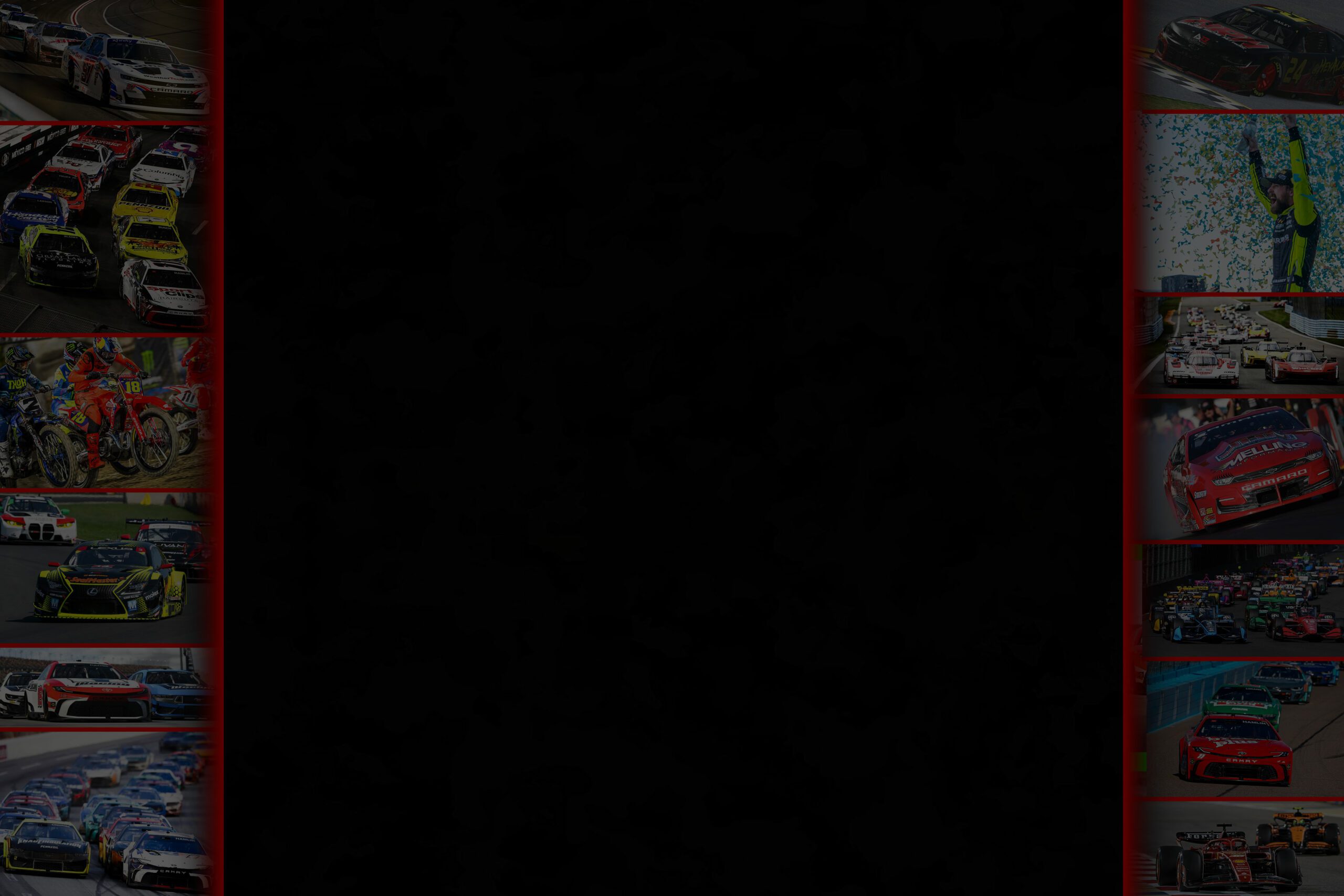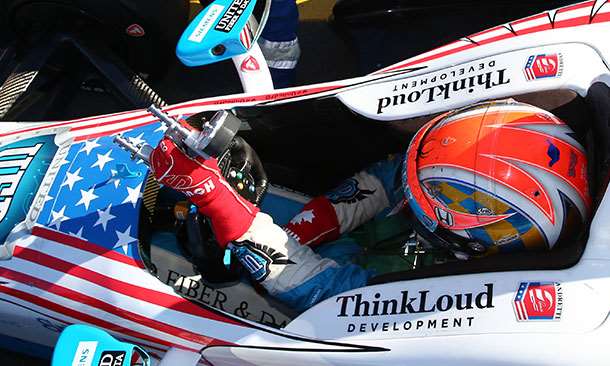INDYCAR continues testing and evaluation of three mechanisms that either independently or in unison could be utilized to reduce the incidence of Verizon IndyCar Series driver hand and wrist injuries.
Most recently, James Hinchcliffe drove the No. 27 United Fiber & Data Andretti Autosport car fitted with a steering damper during a 20-car test July 24 at the Mid-Ohio Sports Car Course to gauge any handling and steering affects. In June, it was installed in the No. 83 Novo Nordisk Chip Ganassi Racing car driven by Charlie Kimball at Sebring International Raceway during a test day for the same purposes.
The hydraulic damper is basically a shock absorber, which counteracts the transfer of energy to the driver’s hands in high G force-load impacts. It would work in concert with deformation of suspension parts, which disperses the energy. INDYCAR commissioned Dallara Automobili to design and build the damper, which initially was tested on its simulator in Italy.
“I think it’s important for INDYCAR to continue the research and see what’s the best option,” said Ryan Briscoe, driver of the No. 8 NTT DATA Chip Ganassi Racing car, who suffered a fractured wrist in a race incident at Toronto in July 2013. “I really love the fact that IndyCar does not have power steering because it separates it from other series. You have to be strong and fit to drive and IndyCar. The steering damper might be the best option; you have wheel-to-wheel contact or impact (with concrete walls on some road/street circuits or the SAFER Barrier on ovals) and nothing bends on the race car and you feel all that shock comes through the steering wheel.”
INDYCAR director of engineering/ safety Jeff Horton said controlled impact testing with one-quarter of a chassis’ suspension is the next evaluation step.
“I think IndyCar racing is so exciting in part because you see occasional wheel-to-wheel contact but it doesn’t put you out of the race,” Briscoe added. “In those occasions when you have impact and the wheel slips out of your hands, the injuries aren’t coming from when you’re holding onto the wheel it’s when the wheel smacks your wrist.”
A wrist/thumb brace adapted from motocross could be the answer, and INDYCAR safety consultant Dr. Terry Trammell is working with multiple manufacturers to fine-tune a brace that fits the dexterity requirements for Verizon IndyCar Series drivers. The latest iteration will first be tested with a driver on the Honda simulator in Brownsburg, Ind.
“It’s a whole new concept because no one has ever done it,” Trammell said. “The idea is to make it small enough and light enough and flexible enough for drivers to push all the buttons on their steering wheel, and with a thin covering that would protect their wrists. The thumb is the most frequently injured part of the hand, and designing a brace that keeps the thumb at normal excursion but not any further has been a challenge.
“The ideal one would be what a jouster wears to hold the pole so it doesn’t rip out of his hand. They figured that out in medieval times that it took the load off of thumb and wrist. It just happened to be made of metal.”
A complement to both systems might be energy-absorption material covering the steering wheel. INDYCAR recently conducted baseline testing of each driver’s grip strength to aid in development of materials for testing.
“As they grip the steering wheel they would still have that connection to the racetrack but any loading beyond that the material would provide a cushion,” Horton said. “We could tune that foam to whatever grip strength wanted. It’s just another piece in the chain to mitigate the forces coming back through the steering wheel.”


















































